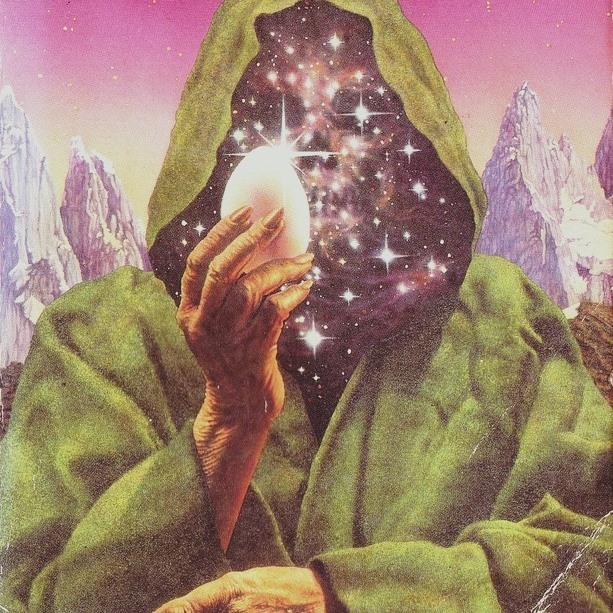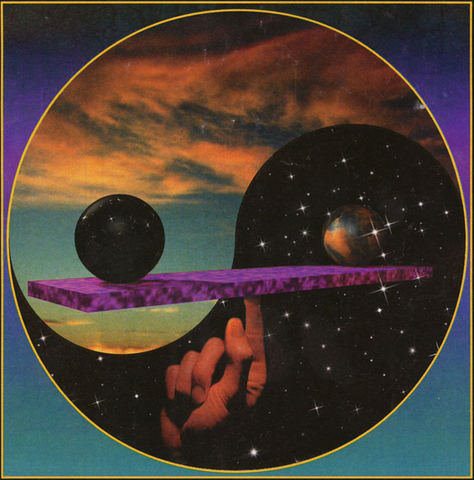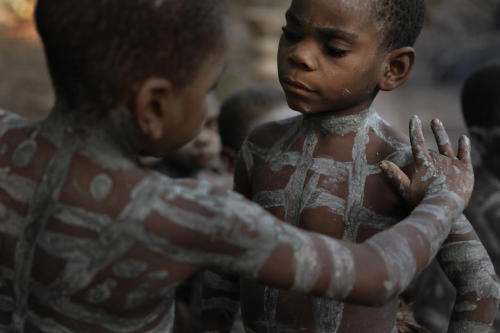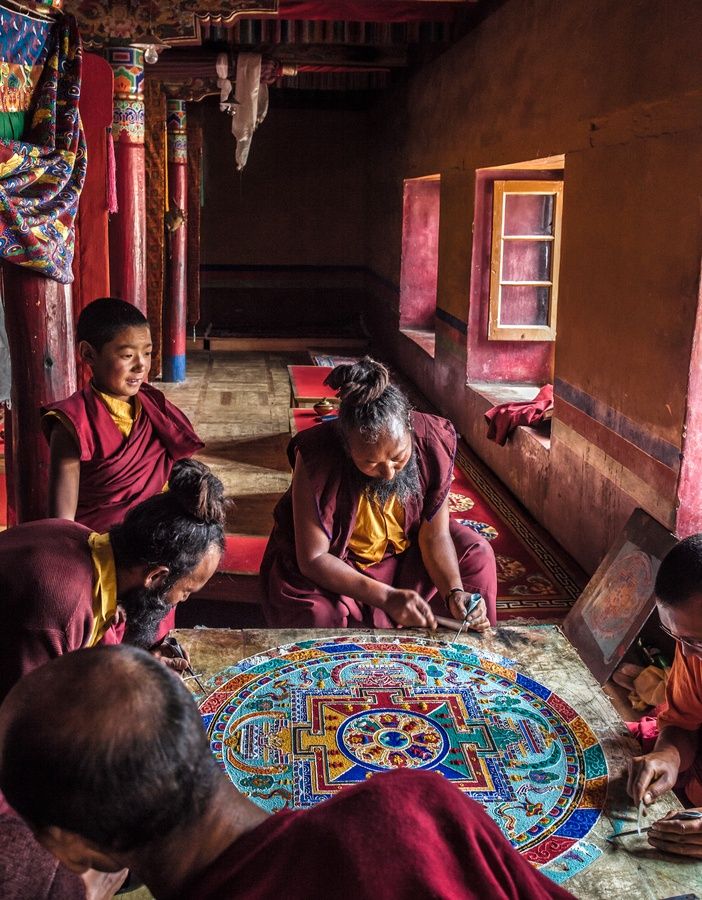"There are special ceremonies for the establishment of this relationship, especially the initiation rites for boys. The boy enters into possession of his “animal soul, ” and at the same time sacrifices his own “animal being ” by circumcision. This dual process admits him to the totem clan and establishes his relationship to his totem animal. Above all, he becomes a man, and (in a still wider sense) a human being."
-Carl Jung, Man and his symbols
"The “animal ” is alienated from its true nature; and for both, the acceptance of the animal soul is the condition for wholeness and a fully lived life. Primitive man must tame the animal in himself and make it his helpful companion: civilized man must heal the animal in himself and make it his friend."
-Carl Jung, Man and his symbols
"Dr. M.-E. von Franz has explained the circle (or sphere) as a symbol of the Self. It expresses the totality of the psyche in all its aspects, including the relationship between man and the whole of nature . Whether the symbol of the circle appears in primitive sun worship or modern religion, in myths or dreams, in the mandala s drawn by Tibetan monks, in the ground plans of cities, or in the spherical concepts of early astronomers, it always points to the single most vital aspect of life its ultimate wholeness."
-Carl Jung, Man and his symbols
"Those relationships help me think through how I interpret the past. In many ways, the relationships I have with materials are as intimate as with humans in a contemporary moment. Extending that line of thought in which one would think the identity of a human, to think of the identity of non-humans in the same capacity, on the same ontological plane, provides the possibility of an intersectional subjectivity to the thing itself. In the same way that I hope we would respect and consider all human individuals, I would respect and consider the ancient ceramics that I am working with; to consider them not just as vessels to be used by humans, but as vessels unto themselves, having certain material capacities. They have their own potential and kinetic energy, their own texture, their own feel; there is so much to them that goes beyond what we ascribe to them. Not recognizing these things
as having their own vibrancy and vitality 5 is indicative of being a part of a system in which objectivity requires us to remove subjectivity from material things."
-Uzma Z. Rizvi, Decolonization as care



Jim Lilius-Lundmark
Cultural diversity research, healing ritual
" The sand mandala is an intricate focus of meditation which monks study in depth, sometimes for as long as three years. It is designed to guide those who aspire to enlightenment by purifying and healing their minds, transforming them from an ordinary mind into an enlightened mind. When completed and dispersed, mixed with water and given back to the Earth, the blessings and beauty of the mandala can be shared with all beings. In this way, it is truly a metaphor for human life in that each human being grows from a dependent child into a complex system of structures, memories, experiences, and relationships. But at death, this disintegrates and is returned to the earth. In other words, nothing and no one ever truly dies but just changes, growing at the same pace as the universe.
The mandala is deeply rooted in the mind of its creator or creators and is often made at the request of a particular teacher or guru. The deities which reside inside its palace serve as role models or Bodhisattvas for practitioners. "
- Charley Linden Thorp, article in Ancient history encyclopedia
